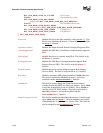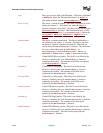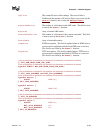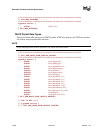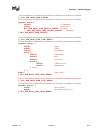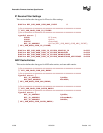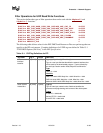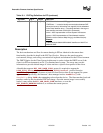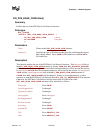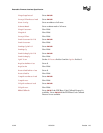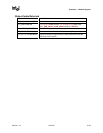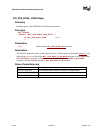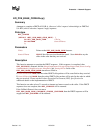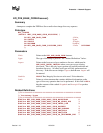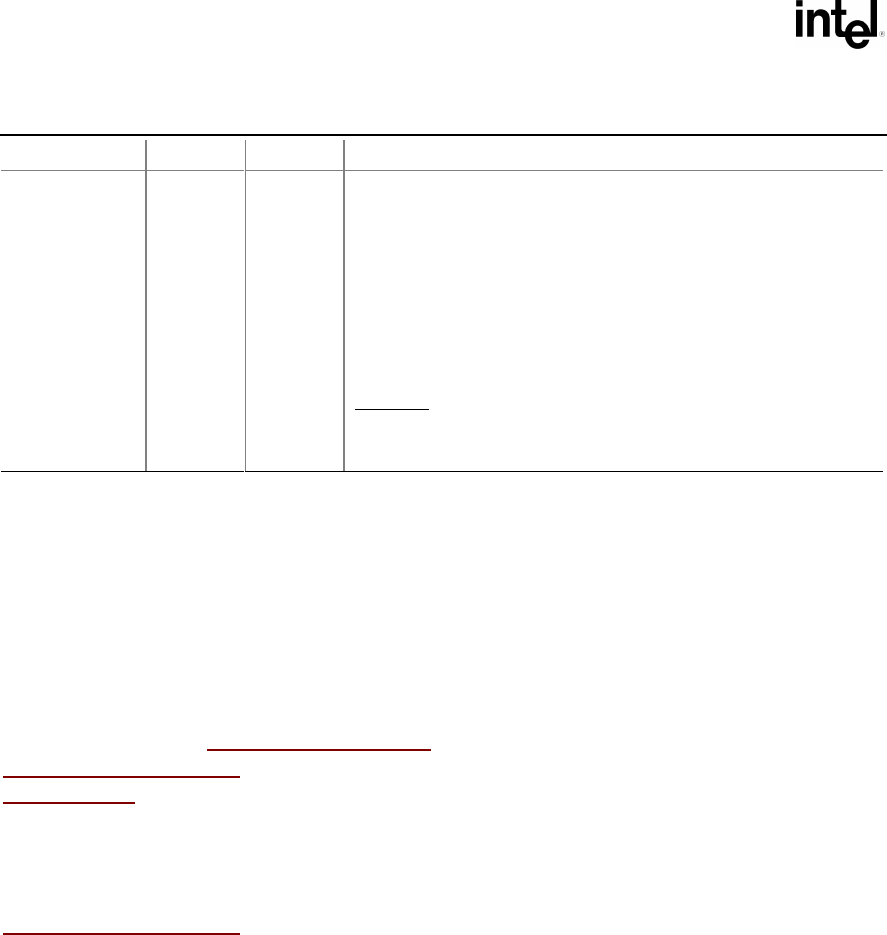
Extensible Firmware Interface Specification
15-40 12/01/02 Version 1.10
Table 15-1. PXE Tag Definitions for EFI (continued)
Tag Name Tag # Length Data Field
Class Identifier 60 [0x3C]
32 [0x20] "PXEClient:Arch:xxxxx:UNDI:yyyzzz"
"PXEClient:…" is used to identify communication between PXE
clients and servers. Information from tags 93 & 94 is embedded
in the Class Identifier string. (The strings defined in this tag are
case sensitive and must not be NULL-terminated.)
xxxxx = ASCII representation of Client System Architecture.
yyyzzz = ASCII representation of Client Network Interface
Identifier version numbers MajorVer(yyy) and MinorVer(zzz).
Example
"PXEClient:Arch:00002:UNDI:00300" identifies an IA64 PC w/
32/64-bit UNDI
Description
The basic mechanisms and flow for remote booting in EFI are identical to the remote boot
functionality described in detail in the PXE Specification. However, the actual execution
environment, linkage, and calling conventions are replaced and enhanced for the EFI environment.
The DHCP Option for the Client System Architecture is used to inform the DHCP server if the
client is an EFI environment in an IA-32 or Itanium-based system. The server may use this
information to provide default images if it does not have a specific boot profile for the client.
A handle that supports EFI_PXE_BASE_CODE
protocol is required to support the
LOAD_FILE_Protocol
protocol. The LOAD_FILE_Protocol protocol function
LoadFile()
is used by the firmware to load files from devices that do not support file system
type accesses. Specifically, the firmware’s boot manager invokes LoadFile() with
BootPolicy being TRUE when attempting to boot from the device. The firmware then loads and
transfers control to the downloaded PXE boot image. Once the remote image is successfully
loaded, it may utilize the EFI_PXE_BASE_CODE interfaces, or even the
EFI_SIMPLE_NETWORK
interfaces, to continue the remote process.



